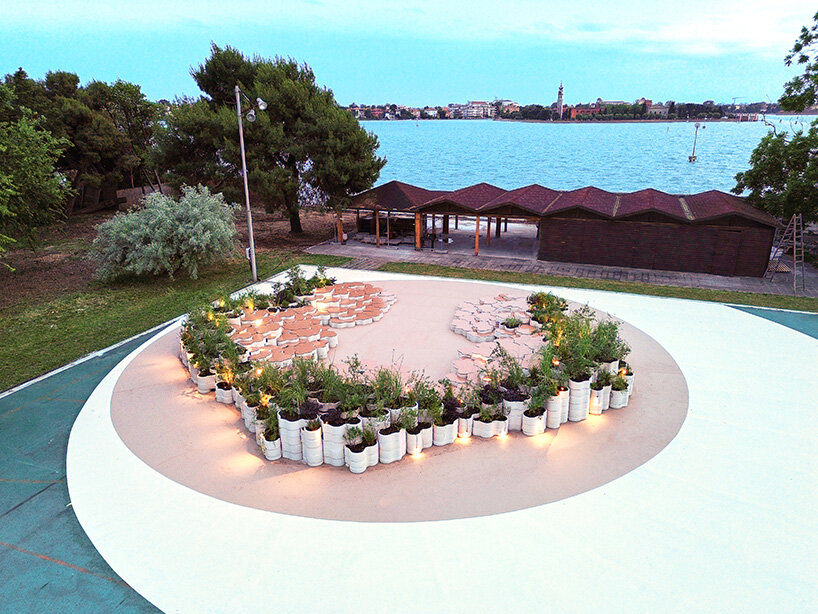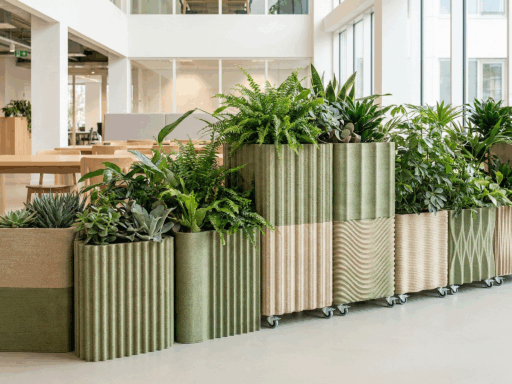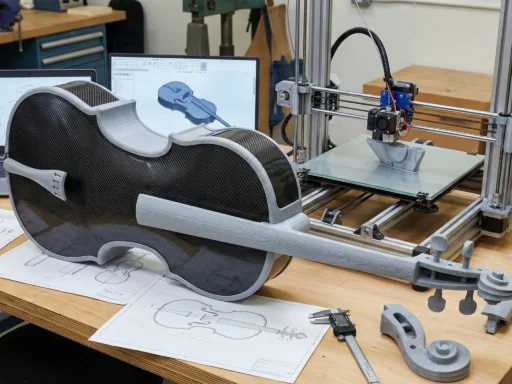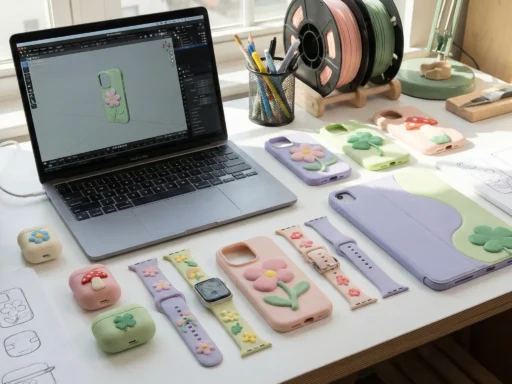Renowned for his pioneering work in 3D-printed architecture – and celebrated for their TECLA project – Mario Cucinella continues to redefine the dialogue between 3D printed design and environment. TECLA, a construction inspired by one of Italo Calvino’s Invisible Cities, symbolized an architectural future rooted in the earth, combining the timelessness of clay with the precision of modern 3D printing technology.
This time, Cucinella and his studio, MCA (Mario Cucinella Architects), unveiled “A Flower in San Servolo,” a striking addition to the aesthetics of the Venice Lagoon. Designed as a 3D-printed amphitheatre, this open-air structure is presented not merely as a stage but as a space for connection, reflection, and community.
Inspired by the organic form of a flower, the amphitheatre blends into San Servolo’s landscape like a natural extension of the terrain. Structures resembling flower petals open outwards, embodying the freedom of form enabled by 3D printing. Constructed from around 750 dry-assembled blocks in 62 distinct shapes, the amphitheatre features modules 3D printed from a certified sustainable material primarily made of natural lime. The on-site 3D printer operated for nearly 200 hours, minimizing transport-related emissions while ensuring precision and high-quality output. The dry assembly technique allows for easy disassembly and reuse, while the modular system, based on a single interlocking element, provides structural integrity and a cohesive visual appearance.
Set against the visual backdrop of the Island of the Armenians, the amphitheatre offers a fluid, immersive experience, which is not limited to a single viewpoint but open to discovery from diverse angles.
“A Flower in San Servolo is an amphitheatre that creates a deep bond between architecture and nature, blending harmoniously into the Venice Lagoon,” said Mario Cucinella. “Thanks to 3D-printing and the use of sustainable materials, the structure integrates into the landscape with an organic form that, like a flower, emerges from the ground.”
With this project, MCA makes another statement and shows their commitment to architecture that is innovative yet rooted, technological yet timeless: both quiet and meaningful conversation between nature, people, and place.





